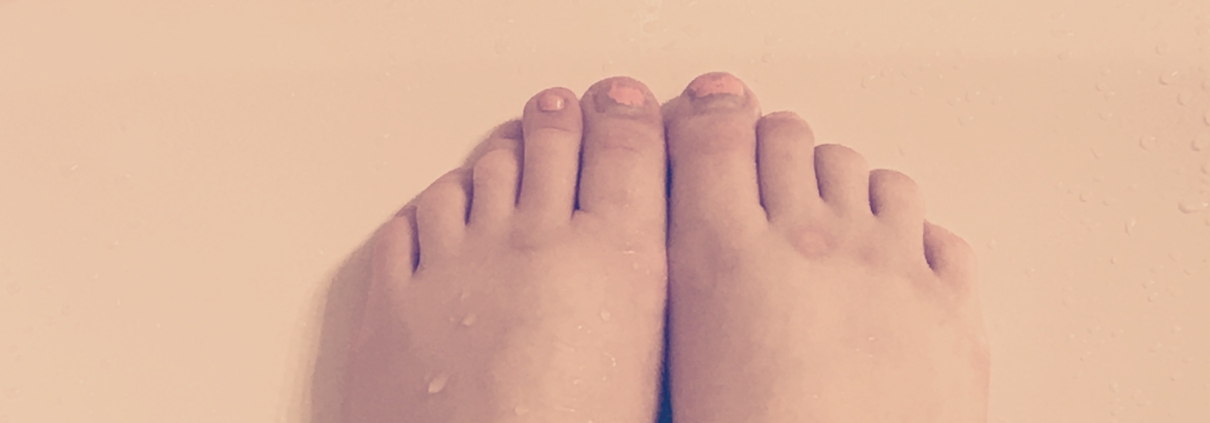Understanding and Strengthening Weak Toenails
Our feet bear the weight of our entire body, and often, the health of our toenails is overlooked until issues arise. Weak toenails, characterized by brittleness, splitting, and susceptibility to damage, can be a source of discomfort and concern. In this article, we explore the common causes of weak toenails and offer insights into how to strengthen and maintain the health of these often-neglected appendages.
Causes of Weak Toenails:
a. Poor Nutrition:
Nutrient deficiencies, particularly of biotin, iron, and other essential vitamins and minerals, can contribute to weak toenails. A balanced diet rich in these nutrients is vital for promoting overall nail health.
b. Improper Footwear:
Wearing ill-fitting shoes or those that constrict the toes can lead to physical stress on the toenails, making them more prone to weakness and damage.
c. Excessive Moisture:
Prolonged exposure to moisture, whether from sweaty shoes or damp environments, can weaken toenails, making them more susceptible to fungal infections and brittleness.
d. Fungal Infections:
Fungi, such as dermatophytes, can infect toenails, causing them to become weak, discolored, and prone to crumbling. Fungal infections often thrive in warm, moist environments.
e. Trauma:
Stubbing toes or dropping heavy objects on them can cause physical trauma to the toenails, leading to weakness and potential damage.
Symptoms of Weak Toenails:
Identifying weak toenails involves recognizing key symptoms:
a. Brittleness:
Toenails that easily break, chip, or split may indicate weakness.
b. Discoloration:
Changes in color, such as yellowing or darkening, may be signs of weakened toenails or underlying issues.
c. Slow Growth:
Weak toenails often grow more slowly than healthy ones, and they may appear thin and fragile.
Strategies for Strengthening Toe Nails:
a. Balanced Diet:
Ensuring a diet rich in biotin, vitamins (especially A, C, and E), and minerals like iron and zinc supports overall nail health.
b. Proper Footwear:
Wearing shoes that allow for proper ventilation and do not compress the toes can alleviate stress on the toenails.
c. Regular Trimming:
Keeping toenails trimmed and well-maintained prevents them from becoming overly long and prone to damage.
d. Moisture Control:
Maintaining dry feet by changing socks regularly, using moisture-wicking materials, and keeping feet clean can help prevent fungal infections.
e. Protective Measures:
When engaging in activities that could pose a risk to toenails, such as sports or manual labor, wearing protective footwear is crucial.
f. Topical Treatments:
Applying moisturizers, nail strengtheners, or antifungal treatments as recommended by healthcare professionals can aid in maintaining toenail health.





